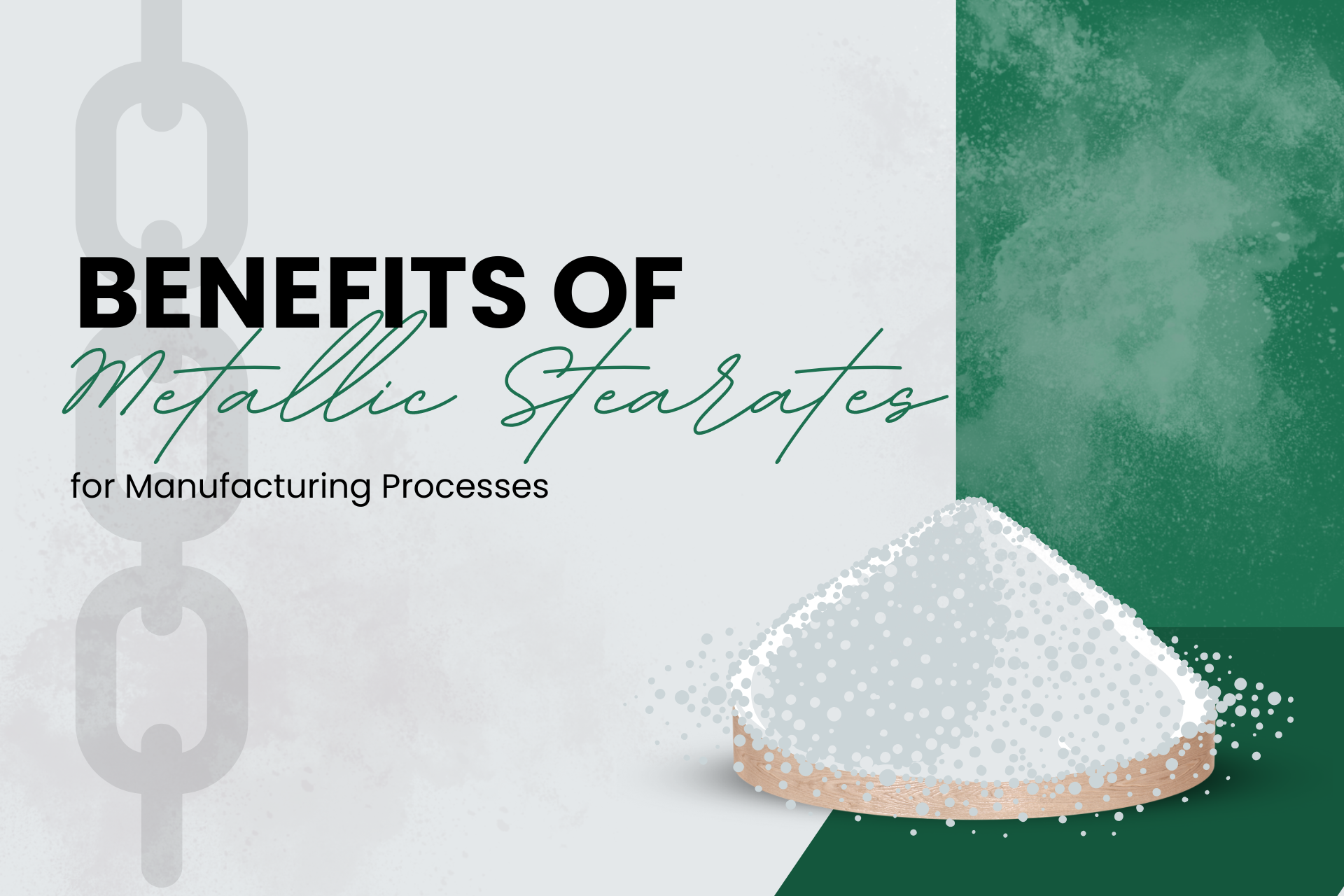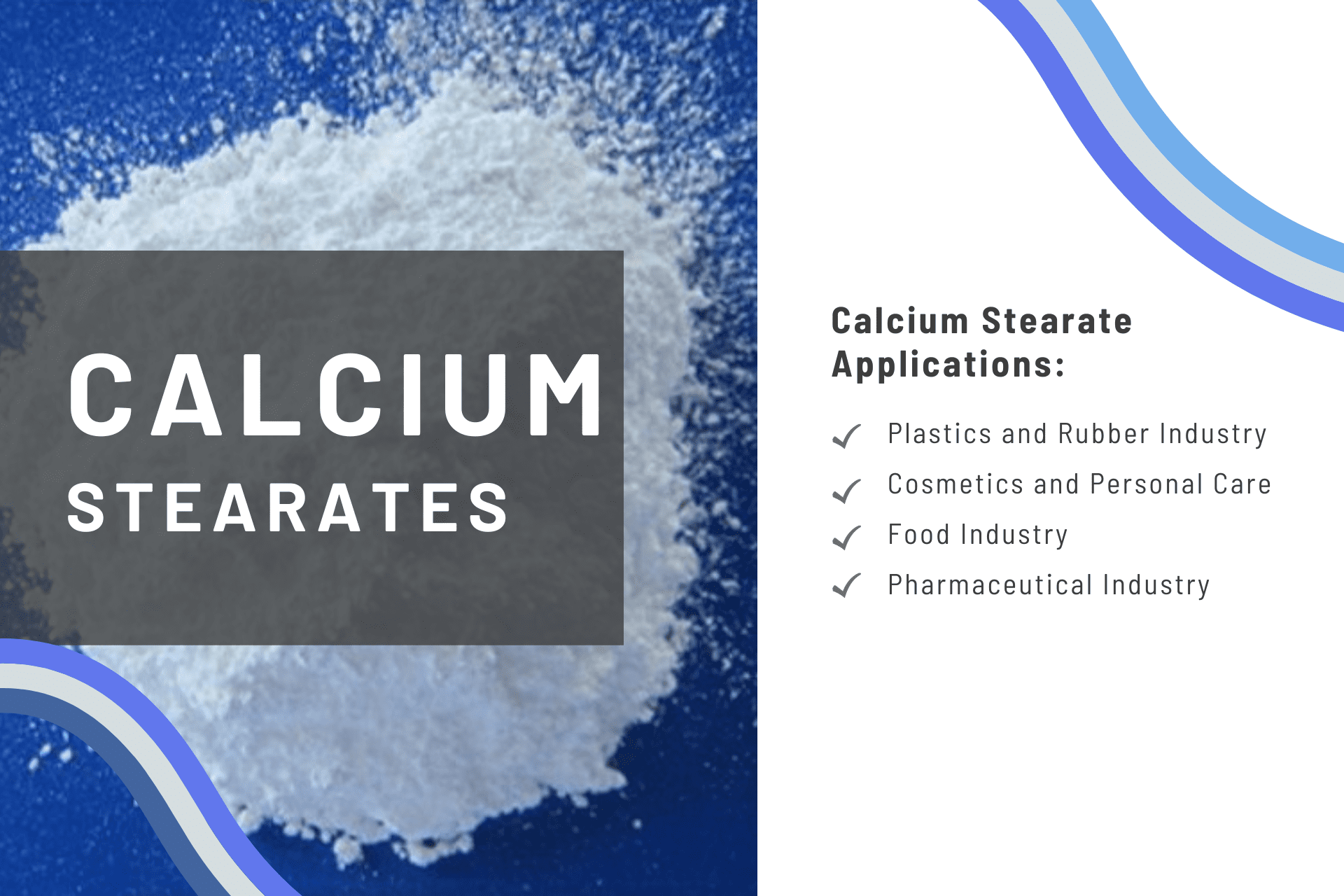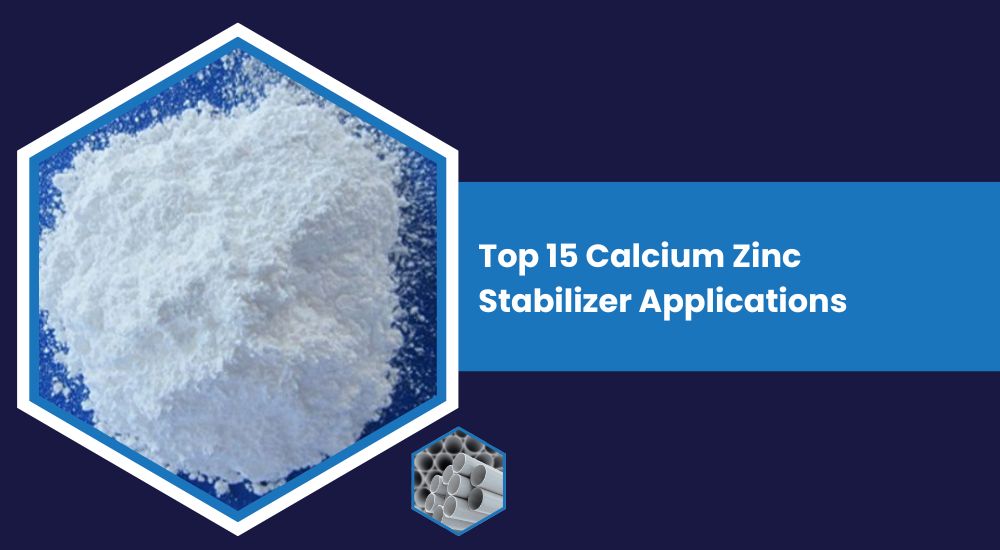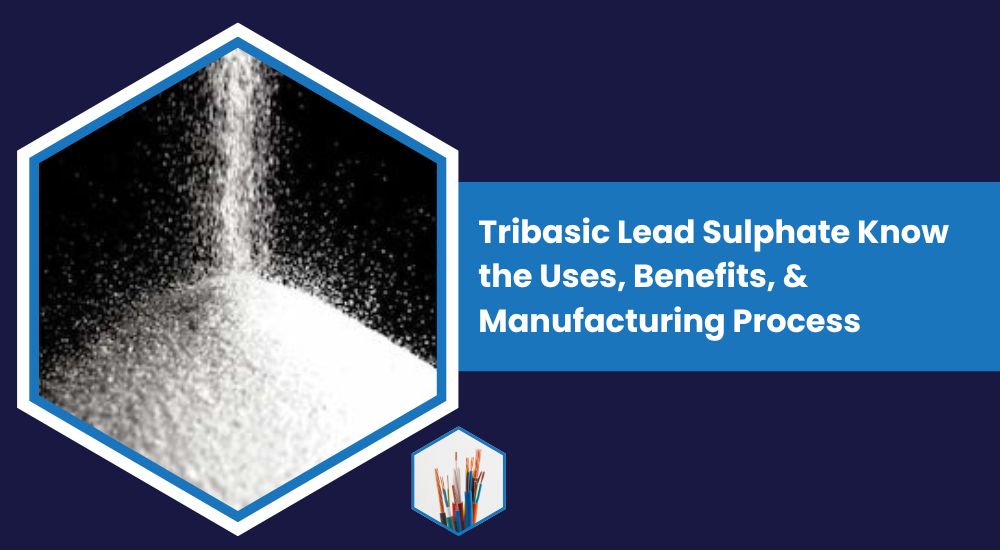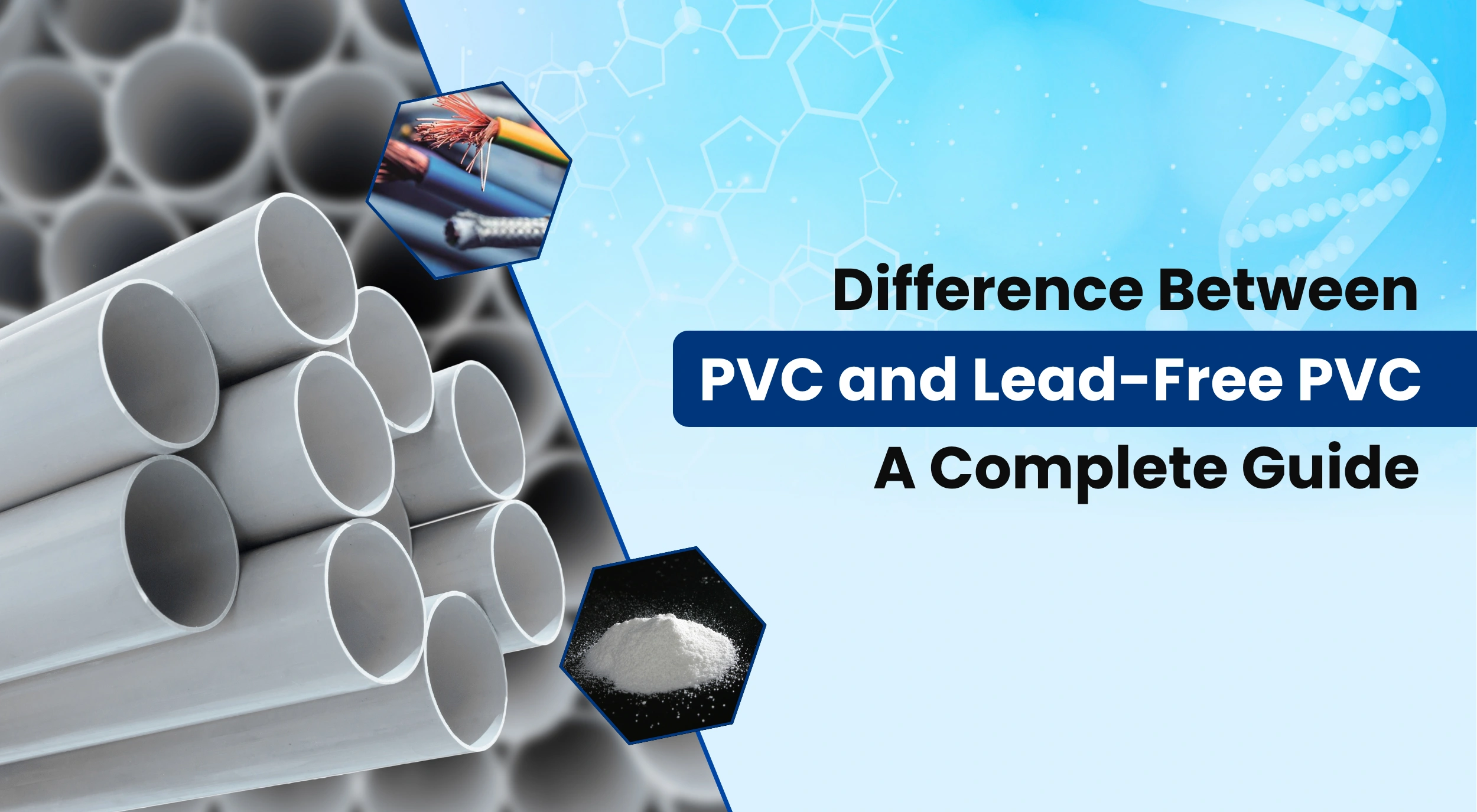
People commonly see which substances are allowed in PVC and lead-free PVC. Both are typical materials used for pipes, fittings, windows, and more. Both have polyvinyl chloride. However, their production relies on different stabilizing agents. Lead-based stabilizers work with regular PVC. Manufacturers use safer options, like calcium or zinc, for lead-free PVC.
This difference definitely counts for health, safety, and the environment. In this blog, we will clearly explain the differences between PVC and lead-free PVC. It discusses the benefits, uses, and costs. It also explains why picking the right one matters for homes and industries.
What is PVC?
PVC stands for polyvinyl chloride. This is actually a synthetic product made from chlorine, carbon, and hydrogen. Its strength and light weight make it a preferred building material worldwide. PVC is versatile and lets moisture through. It is also chemically soft, a quality that adds to its lightness and strength. Now, the processing of PVC might make it hard, soft, or flexible.
The material has many uses. It is important in construction, plumbing, electrical work, packaging, and medical equipment manufacturing. The polymer undergoes an additional process to combine with stabilizers and plasticizers. The material gains strength and flexibility from this process. This allows it to perform well in various environments for a long time.
- Durable and Long-Lasting: PVC products maintain durability, which enables them to resist damage from regular use. The products keep their shape and strength even after long use.
- Water and Chemical Resistance: The products protect against water and chemicals.
- Lightweight and easy to install: The product comes with a lightweight design that makes it easy to set up. It stands up to water and various chemicals. The system works at high pressures. This makes it ideal for industrial tasks and pipe installations.
What is Lead Free PVC?
Lead-Free PVC is a polyvinyl chloride that steers away from lead-based stabilizers. Typical PVC uses lead compounds. These help reinforce the polymer and resist heat and sunlight. Lead is toxic to human health and the environment. Manufacturers now use better stabilizers in lead-free PVC. These include calcium, zinc, and tin, replacing lead.
These options keep the strength and durability of regular PVC. They maintain public safety through their work while fighting environmental pollution. Lead-free PVC functions as the primary material for manufacturing drinking water pipes. Residential buildings, together with educational institutions and healthcare facilities, contain these pipes.
Key Features of Lead-Free PVC
- Safe for Health: The lead-free PVC product is a health-focused choice. It has no toxic metals. The product works well for water distribution systems and child safety gear.
- Eco-Friendly: The program cuts down on risks from polluted soil and water. The system offers a safe way to dispose of waste and recycle.
- Versatile Applications: The product has many uses. It works in pipes, fittings, windows, and playground equipment. The program invites participation from houses, schools, hospitals, and other public institutions.
Difference Between PVC and Lead-Free PVC
Both types of PVC come from polyvinyl chloride. They remain different due to the stabilizers used. It impacts health protection, environmental effects, and regulatory compliance. Let us see side by side how PVC and lead-free PVC differ in important ways:
1. Toxicity
PVC is a heavy metal that poisons the human body. It harms the brain, nervous system, kidneys, and other organs. Children suffer the worst effects. Lead from PVC products with lead stabilizers can leak into the environment over time. Lead-free PVC maintains complete safety for human health. It protects homes, schools, hospitals, and water systems from damage.
2. Environmental Impact
PVC does not break down naturally in the environment. The product will stay in the environment for many years when people throw it away without thinking about it properly. Lead produces dangerous chemicals when people burn or throw it away in the wrong way because these substances spread through the air, water, and soil.
Lead-free PVC minimizes hazardous heavy metal pollution. The process of PVC recycling becomes more manageable for recyclers when they eliminate lead contamination risks. The process reduces environmental risks.
3. Properties and Performance
Some say lead-free PVC might not last as long as PVC with lead stabilizers. Modern lead-free stabilizers provide strength and durability like traditional options. Most lead-free PVC items perform just as well as regular PVC.
They are great for daily use, like water pipes, drainage systems, and building materials. Stating performance includes:
- Quality of raw materials
- The right manufacturing process
- Proper use and installation
- Exposure to sunlight and chemicals
Lead-free PVC can be as durable and weather-resistant as regular PVC if made properly.
4. Health and safety
PVC is a toxic metal in nature. In small amounts, lead can harm the brain, kidneys, and other organs if ingested or inhaled. Children, especially, are more prone to lead exposure. Many countries have banned or limited lead in materials that touch food. This includes items used at home or school.
Lead-free PVC prevents exposure to lead. This is key for pipes that hold drinking water, window frames in homes, toys, and other items kids might touch. Using lead-free PVC helps in the defense of families and workers who make and handle the material.
5. Cost and availability
Lead-free PVC production may cost slightly more. The higher cost of alternative stabilizers compared to lead-based stabilizers makes them more expensive. The cost difference between the two has decreased over the years. Manufacturers have adopted lead-free formulations while enhancing their production techniques.
Suppliers today offer numerous lead-free PVC products for commercial distribution. The collection contains all essential construction materials, which include pipes and fittings, and building components. Lead-free PVC is a good choice for big projects and public works. It meets safety rules and saves money over time.
How to identify lead-free PVC products?
Manufacturers often label their products as lead-free. The product label, packaging, and technical data sheet show that it's lead-free and has no lead stabilizers. Your supplier will give you a certificate. It will show the specific stabilizer used in production. If you can’t figure this out, ask the supplier these questions:
- Which stabilizer system does this PVC product use?
- Is there a certificate verifying that this product is lead-free?
- Has anyone tested this product for heavy metals?
- Is this product considered fit for drinking water applications?
Applications of PVC and Lead-Free PVC
PVC and lead-free PVC are commonly used in construction, plumbing, and industry. Both types are selected for specific tasks. They resist weathering, are durable, and are strong. Health and safety organizations should use lead-free PVC instead of other materials.
- Drainage and sewer pipes: The system manages wastewater from homes and businesses through drainage and sewer pipes.
- Window and Door Frames: The building frames rest on these structures, which serve as their foundation. The materials shield against environmental harm while maintaining their strength over time.
- Electrical Conduits and Cable Insulation: These systems protect electrical wiring. The system protects the electrical systems.
- Playgrounds and Schools: Lead-free PVC uses lead-free PVC materials for toys and play areas. This protects children from lead exposure.
Conclusion
PVC and lead-free PVC are strong materials that offer great performance. These substances find use in various industrial processes. The difference is in the stabilizers. Lead-free PVC replaces lead with a safe, non-toxic option, making it safer to use. Lead-free PVC protects human health and the environment. It also meets today’s regulatory standards. The two types are durable and water-resistant.
This helps them last a long time. The lead-free variety remains the best choice for drinking water safety. The system safeguards educational institutions, residential areas, and any places that need security. Choosing the right PVC type protects people and the environment. It also ensures reliable performance for years.
Frequently Asked Questions
1. Does it cost more than conventional PVC?
Lead-free PVC may cost a little more due to safer stabilizers. But the small difference in price comes with plenty of benefits in terms of health and environmental safety in the long run.
2. How can I identify a lead-free PVC product?
Look for labels, certificates, or technical data sheets that indicate the use of lead-free stabilizers. References to calcium, zinc, or tin stabilizers should be made. When it comes to water applications, BIS certification is a notable consideration.
3. Why should lead-free PVC be preferred for houses?
Because lead-free PVC guarantees that a person can consume water containing no metals that we typically label as dangerous. It also passes through the modern building laws and safety standards procedure.
Does lead-free PVC really retain its durability as that of regular PVC?
Being any of the well-made PVC pipes, the lead-free PVC should, in theory, retain durability just as actual PVC. It simply retains the strength against heating, sunlight, and ordinary wear and tear.
